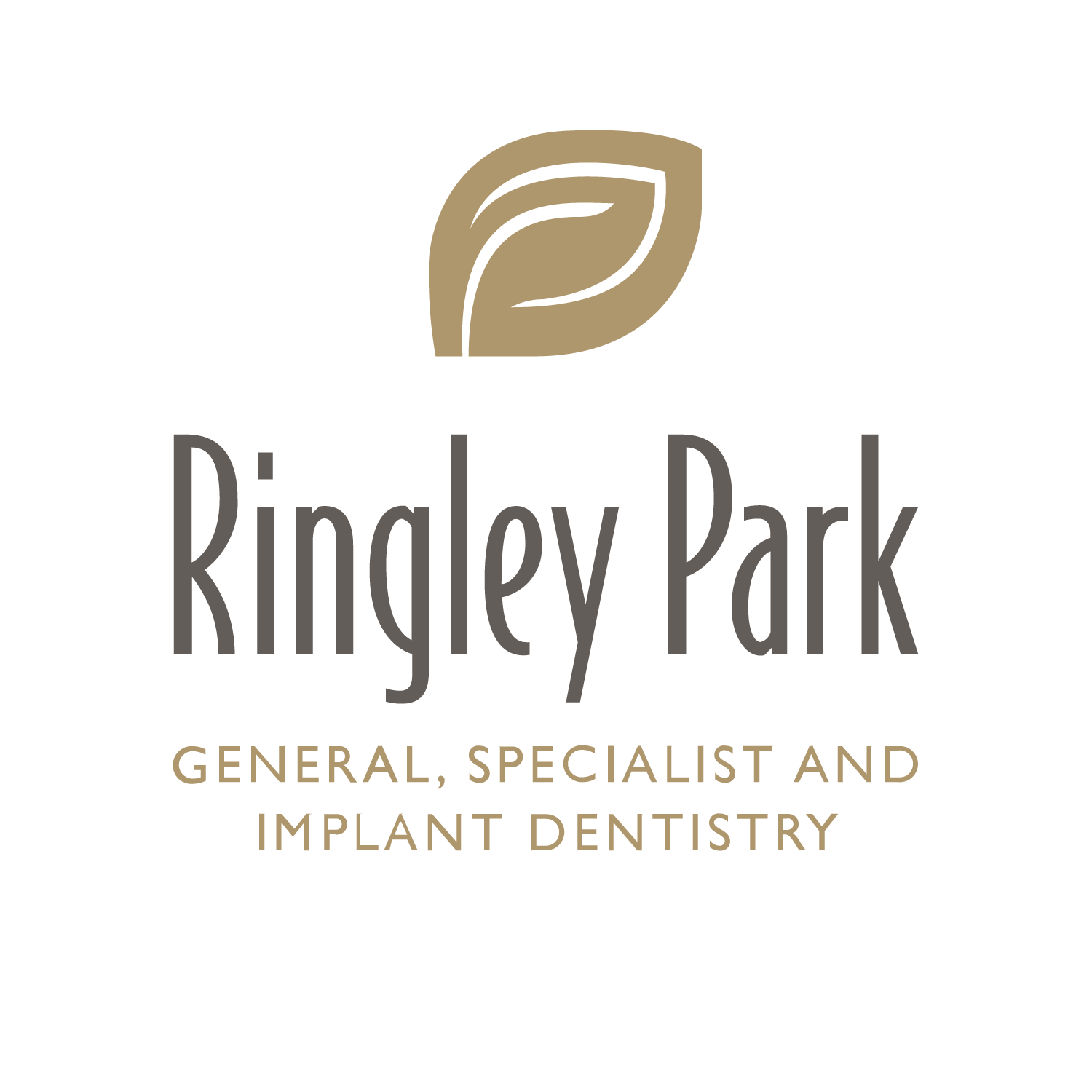 This November is National Mouth Cancer Action Month, an annual awareness month supported by the Mouth Cancer Foundation and the Oral Health Foundation. Latest statistics from the Mouth Cancer Foundation reveal that 1 person is lost to mouth cancer every 3 hours, and incidences of mouth cancer have increased by 49% in the last 10 years in the UK.
This November is National Mouth Cancer Action Month, an annual awareness month supported by the Mouth Cancer Foundation and the Oral Health Foundation. Latest statistics from the Mouth Cancer Foundation reveal that 1 person is lost to mouth cancer every 3 hours, and incidences of mouth cancer have increased by 49% in the last 10 years in the UK.
However, being more aware of the signs and symptoms can save lives. The survival rate is 9 out of 10 when mouth cancer is detected early, and yet, only 17% of UK adults are aware of the major signs and symptoms.
National Mouth Cancer Action Month aims to make us all more aware of what we should be looking out for, and the things that we can do to protect ourselves. In this blog post, we’ll guide you through the signs and symptoms, the easy 1-minute at-home self-check that can save lives, as well as the other steps you can take to reduce your risk.
The signs and symptoms of mouth cancer
Knowing the signs and symptoms of mouth cancer is vital for early detection. The main things you should be looking out for are:
- A mouth ulcer or red or white patch that does not heal within 3 weeks.
- A lump or swelling in the mouth, jaw or neck that does not go away within 3 weeks.
- Numbness in the tongue or mouth.
- Difficulty swallowing, chewing or moving the tongue or jaw.
- Feeling like something is caught in your throat.
- A sore or hoarse throat that persists for longer than 6 weeks.
- Unexplained loosening of teeth.
Some of these signs and symptoms will be easier to notice than others, so it’s recommended that you examine your mouth regularly at home between visits to the dentist. This self-check takes under a minute and can save lives:
- Begin by feeling around your face, head and neck for any unusual bumps and lumps.
- Open your mouth and begin by checking your tongue for unusual red or white patches, lumps or ulcers that have lasted longer than 3 weeks. Make sure you check each side and underneath your tongue before moving on.
- Run a finger along the inside of your cheeks, feeling for lumps and bumps or red/white patches.
- Tilt your head backwards with your mouth open and look at the roof of your mouth in a mirror for red/white patches. Run your finger along the roof of your mouth to feel for lumps.
- Lastly, gently check the inside of your lips for lumps, persistent ulcers or red/white patches.
You can also watch a short video guide to self-checking by the Oral Health Foundation. If you notice anything unusual during your self-check, it’s important that you make an appointment to see your doctor as soon as possible.
Reducing your risk
Around 91% of mouth cancer diagnoses are linked to lifestyle factors, which means that it is a largely preventable disease. Some of the most prominent lifestyle factors include:
- Smoking
People that smoke are up to 10 times more likely to develop mouth cancer, which means that quitting smoking is one of the best things you can do to reduce your risk of developing mouth cancer. Smokeless tobacco products, such as chewing tobacco, have also been found to increase the risk of mouth cancer. It’s never too late to make a difference and there are lots of free resources available to help you quit. - Alcohol
Those that drink alcohol regularly are 6 times more likely to develop mouth cancer than non-drinkers. In fact, one study has found that your risk of developing mouth cancer decreases by 2% for every year that you don’t drink. Even if you don’t want to stop drinking alcohol completely, reducing your intake can make a big difference. The UK Chief Medical Officers’ low-risk guideline is no more than 14 units of alcohol per week. - Diet
We all know that eating a healthier diet can reduce our risk of tooth decay, obesity and type 2 diabetes, and it can also significantly reduce our risk of developing mouth cancer. It’s estimated that a third of mouth cancers can be linked to an unhealthy diet that’s lacking in vitamins and minerals. Following a balanced diet that is low in sugar and includes 5 portions of fruits and vegetables can play a key role in reducing your risk. - The Human Papilloma Virus (HPV)
The Mouth Cancer Foundation estimates that the Human Papilloma Virus could overtake smoking and alcohol as the leading mouth cancer risk factor in the next decade. HPV is the name of a very common group of viruses that are often symptomless, but some types may cause genital warts or cancer. In the UK, it is estimated that around 4 in 5 men and women will have HPV at some point in their lives. Most people clear HPV within one to two years, but it can infect the mouth and throat and cause cancers of the oropharynx (back of the throat). - Sun exposure
Exposure to the sun can cause skin cancer which may develop on the mouth and lips. This can be prevented by reducing the amount of time spent in direct sunlight, wearing a hat that shades the face, and wearing an SPF lip balm.
Visiting your dentist regularly is also a key part of preventing mouth cancer, as they will be able to spot anything unusual in your mouth.
If you have noticed anything unusual or any of the signs and symptoms mentioned in this article, or would like more advice on reducing your risk of developing mouth cancer, make an appointment at Ringley Park online today or call 01737 240123.

